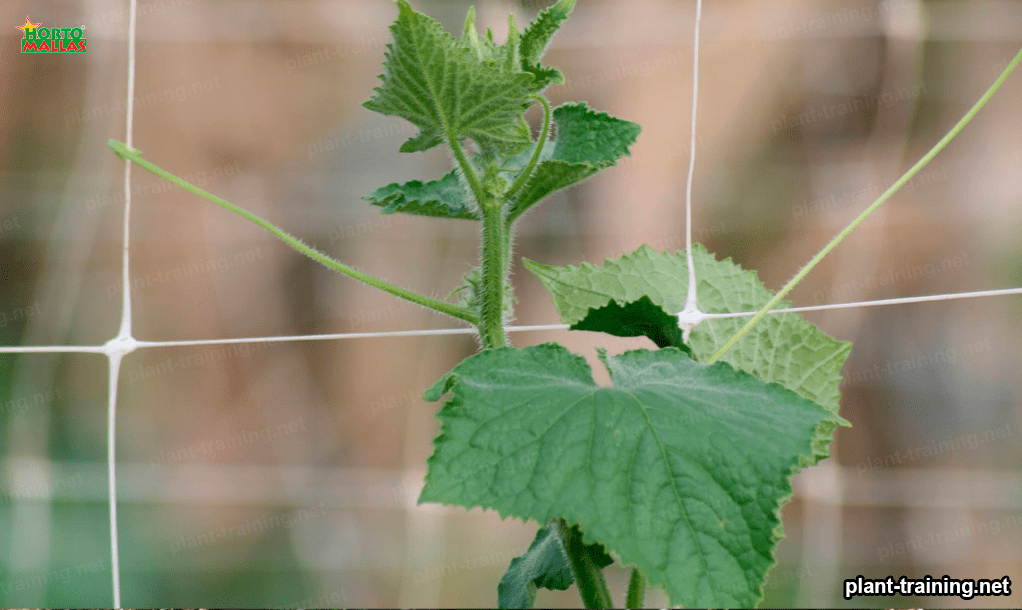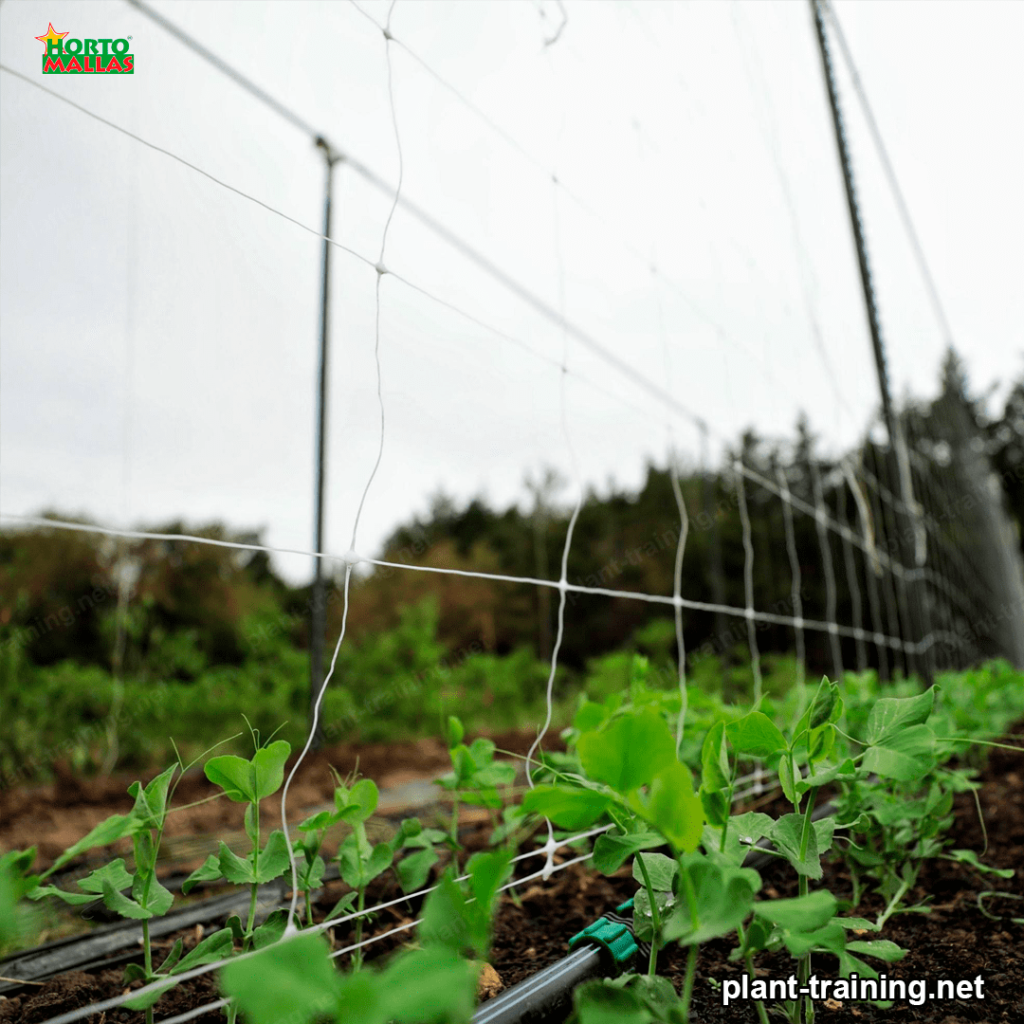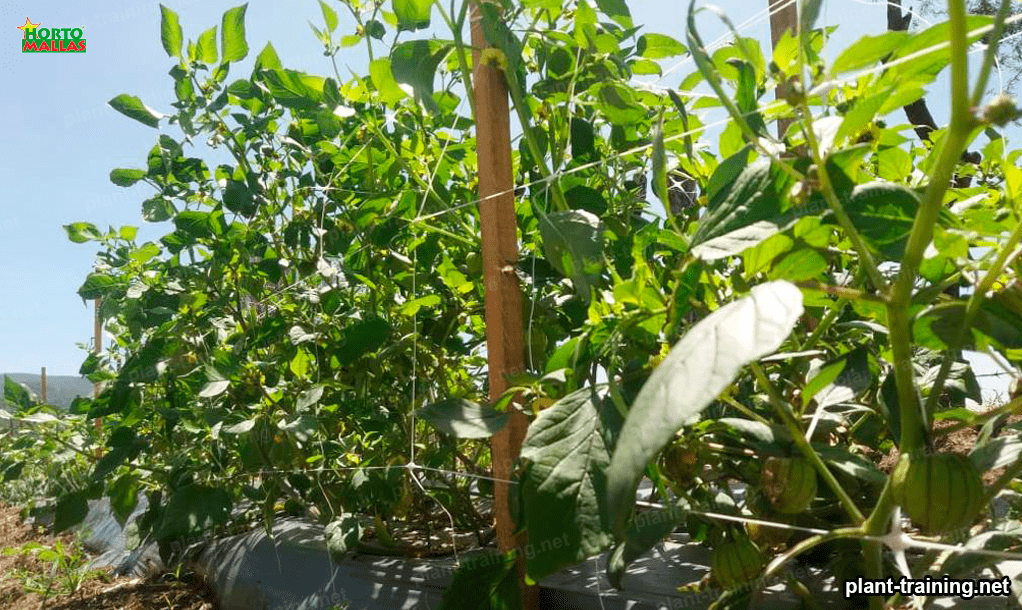Introduction
Trellising agricultural crops has become a very common practice in the agricultural field. This practice offers a variety of benefits to the farmer. Some of the great advantages of trellising are explain below.
First, trellising agricultural crops allows the farmer to control crop size and improve yields, even in the most adverse conditions. Crop height control improves yields and this, in turn, can improve crop yields and increase profits.
Trellising agricultural crops reduces the risk of pests and diseases due to adequate air in and around the crop. This reduces the need to use pesticides and other chemicals to treat pests. Trellising can also help the farmer control the moisture of his crops, which reduces the risks of diseases and pests.
In addition, trellising ensures excellent nutrition for crops, allowing farmers to grow nutrient-rich, weather-resistant crops. Trellising also protects crops from harmful environmental tasks, such as ultraviolet radiation, evaporation and drought. This increases crop yields by improving crop nutrition, which in turn improves crop health and growth.
This netting gives farmers adequate control over climates for better crop growth and quality
This reduces the tasks faced by farmers with respect to quarantine, pre-emergent treatments and soil preparation. This improves crop quality and yields by allowing farmers to adjust the soil in a way that improves yields.
Trellising agricultural crops has numerous advantages. It allows the farmer to control crop size, yield, nutrition and climate, ensuring better crop yields and quality. In addition, it allows the reduction of the use of pesticides and other chemical treatments to control diseases and pests. Which increases the benefits of agriculture for human health. Therefore, trellising agricultural crops is a recommended practice to improve crop yield and quality.

Why it is important to use support net to trellising agricultural crops
The trellising netting in an agricultural crop is one of the most widely use and useful support systems in modern agriculture. This netting, constructed of coated wire mesh, is use to support trees or shrubs so that they grow properly and in the right directions for their correct development and fruit production. The trellising netting protects crops against strong winds and ultraviolet rays, as well as helps prevent plant malnutrition. The trellising netting is a relatively easy structure to set up and its implementation in an orchard means less cost and time for land preparation.
By using wire mesh, growers do not have to spend as much time and effort as they would have to if sticks and ropes were use, for example. Trellising netting, in general, is more effective than sticks and ropes. As the netting distributes the weight better and the wires can be place more easily. In addition, growers can better control climatic factors such as humidity. Temperature and wind over the entire area with mesh trellising supports and this can result in plants producing larger and better quality fruit.
Netting is an excellent way to establish the overall structure for fruit and flowers on trees and shrubs. This is especially important for those trees and shrubs with large fruit or dense flowers. As the netting prevents the fruit and flowers from hitting the greenhouse floor or ceiling. This, in turn, reduces the damage to the fruit and flowers that is often seen with large quantity production in a small space.
Trellising nets are also easy to adjust prior to harvest to make the job easier
For example, if the netting is adjusted correctly. The fruit collar can be pulled out of the netting without damaging the fruit or the netting. This means that growers do not have to waste time manually harvesting fruit when using the mesh for trellising. This also reduces the time spent removing fallen fruit to avoid diseases and pests.
It is important to note that trellising netting reduces the need for crop maintenance. When using mesh trellising supports in a greenhouse. Growers do not have to worry about watering trees and shrubs with water as the system ensures a constant supply of water. This means that farmers can optimize their budgets. As they do not need to spend as much time and energy on irrigating crops. This can save time and resources.
Finally, using trellising netting also helps to better protect crops from wind damage. Therefore, farmers do not have to worry as much about large air shocks that can be damaging to trees and shrubs. In addition, trellising netting supports can withstand greater amounts of snow and wind. Which means that trees and shrubs will not bear such a heavy load as to be blown down by a winter storm.
Trellising netting in an agricultural crop is an important part of successful agricultural production. It ensures better crop nutrition and growth. Responsible harvesting with less fallen fruit, lower installation cost. Significant time savings, control of the greenhouse environment to prevent diseases and pests. As well as adequate crop protection from wind and snow. It improves fruit quality and increases productivity. Therefore, it is highly efficient in terms of costs and benefits.

What are the disadvantages of not using trellising netting in agricultural crops?
In the past, agriculture did not need trellising to control the growth of vines, corn and fruit trees. But today the use of trellising netting has become a fundamental part of the farming process. Trellising netting offers a variety of benefits that help farmers and also contribute to healthy plant growth. But there are some disadvantages of not using trellising netting on agricultural crops that should be considered.
The first disadvantages of not using trellising netting on agricultural crops are the damage that can occur to the plant. If trellising netting is not use, stems and fruit will fall to the ground. Which can cause disease, rot and decay, leading to crop failure. Fruits, vegetables and legumes would be affect, also causing a decrease in product quality. In vineyard crops, the fall of stems and fruit can cause fungal growth, which slows down the growth of the plants and can even destroy them.
A disadvantage of not using support net to trellising agricultural crops is the lack of space
Trellising netting provides support for plant support, allowing more than one plant to grow in a row, which increases the grower’s yield. If trellising netting is not use, plants grow too close together, limiting access to light, water and nutrients, which can cause a decrease in yield and quality of agricultural crops.
In addition, without trellising netting, it is more difficult to identify different plant diseases. When plants are not supported, they bend easily and it is difficult to identify signs of disease and other threatening problems. This means that the farmer would have to manually monitor each plant, which takes a great deal of time and effort, limiting the resources at his disposal.
In the absence of trellising netting, farmers would have higher labor costs, as more people would need to be assigned to support and monitor plant growth. The cost of this practice could be significant, to the point of reducing profits and increasing production costs.
If a farmer does not use trellising netting on his agricultural crops, he will be exposing his farm to lower productivity, greater manual control, more risks to his plants and higher labor costs. This will make your farm less efficient and even less profitable, which will hurt you and the agricultural industry as a whole. The best option will always be to use trellising netting for better production and more satisfactory results.
